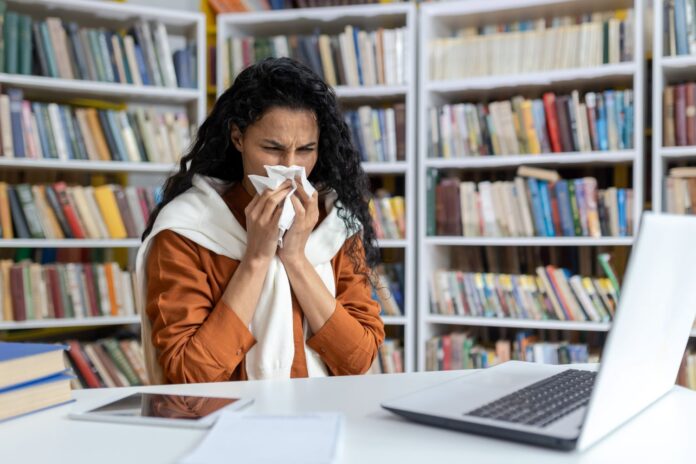You may wonder why you need to have a flu vaccine every year, and how effective the flu vaccines are in preventing you from becoming seriously unwell. The vaccines help protect those most vulnerable from developing serious illness and being hospitalized and we strongly encourage all those eligible to get vaccinated against flu as soon as possible – vaccines remain our best defence.
Every winter, influenza viruses sweep through communities, causing a seasonal epidemic. There are several different flu vaccines that are used in the national vaccination programme and all of them protect against the 3 main flu virus types: influenza A(H1N1), influenza A(H3N2) and influenza B.
What is H3N2 and what is a drifted strain?
Within these main virus types, the flu viruses that we see circulating in England and around the globe are constantly evolving in a process known as antigenic drift. This is why the strains chosen for the seasonal flu vaccines are updated for every season. The to try and predict which strains should be used to make vaccines for the next season.
Sometimes, flu viruses continue to evolve after the vaccine strains have been selected and vaccines have been manufactured. This means they no longer resemble the vaccine strains as closely as we’d like. This is what has happened for one of the viruses (the ‘drifted’ H3N2 subtype) in the vaccine used in the Northern hemisphere this season.
How do we respond to drifted strains?
Even when drifted strains have emerged in the past, the vaccine typically still provided protection against severe illness caused by the affected strain, with only a small reduction in effectiveness. The UK flu programme uses a range of technologically advanced vaccines to provide optimal protection, including when there are drifted strains, guided by annual evaluation by UKHSA and partner public health agencies and recommended by the Joint Committee on Vaccination and Immunisation (JCVI). And each vaccine also gives protection against the other 2 strains recommended by WHO.
Think of flu vaccines like preparing for a winter trip: you pack layers to protect against rain, snow, and wind because you don’t know exactly what weather you’ll face and when. Similarly, the flu vaccines provide different layers of protection for each type of flu, to try and give you the broadest protection across the whole of winter.
Will our current flu vaccines protect against H3N2?
In light of the concerns around the drifted A(H3N2) strain this season, we at UKHSA have rapidly assessed how well vaccines are working by studying whether people who have been vaccinated are less likely to attend hospital with influenza. Our analysis shows that this season’s vaccines are offering effective protection against severe flu – children are around 70 to 75% less likely to attend or be admitted to hospital with flu if vaccinated and adults are around 30 to 40% less likely to attend or be admitted. This is similar to what we see most years with flu vaccines and continues to demonstrate that flu vaccines remain the best protection against flu. We strongly encourage all those eligible to get vaccinated against flu as soon as possible,
UKHSA will continue to monitor this drifted strain through laboratory analyses of the virus, our routine surveillance of the health burden of flu and through epidemiological studies of vaccine effectiveness. And we will continue to monitor for other flu strains becoming more common as we go through winter.
Find out if you’re eligible for a flu vaccine and book here.


